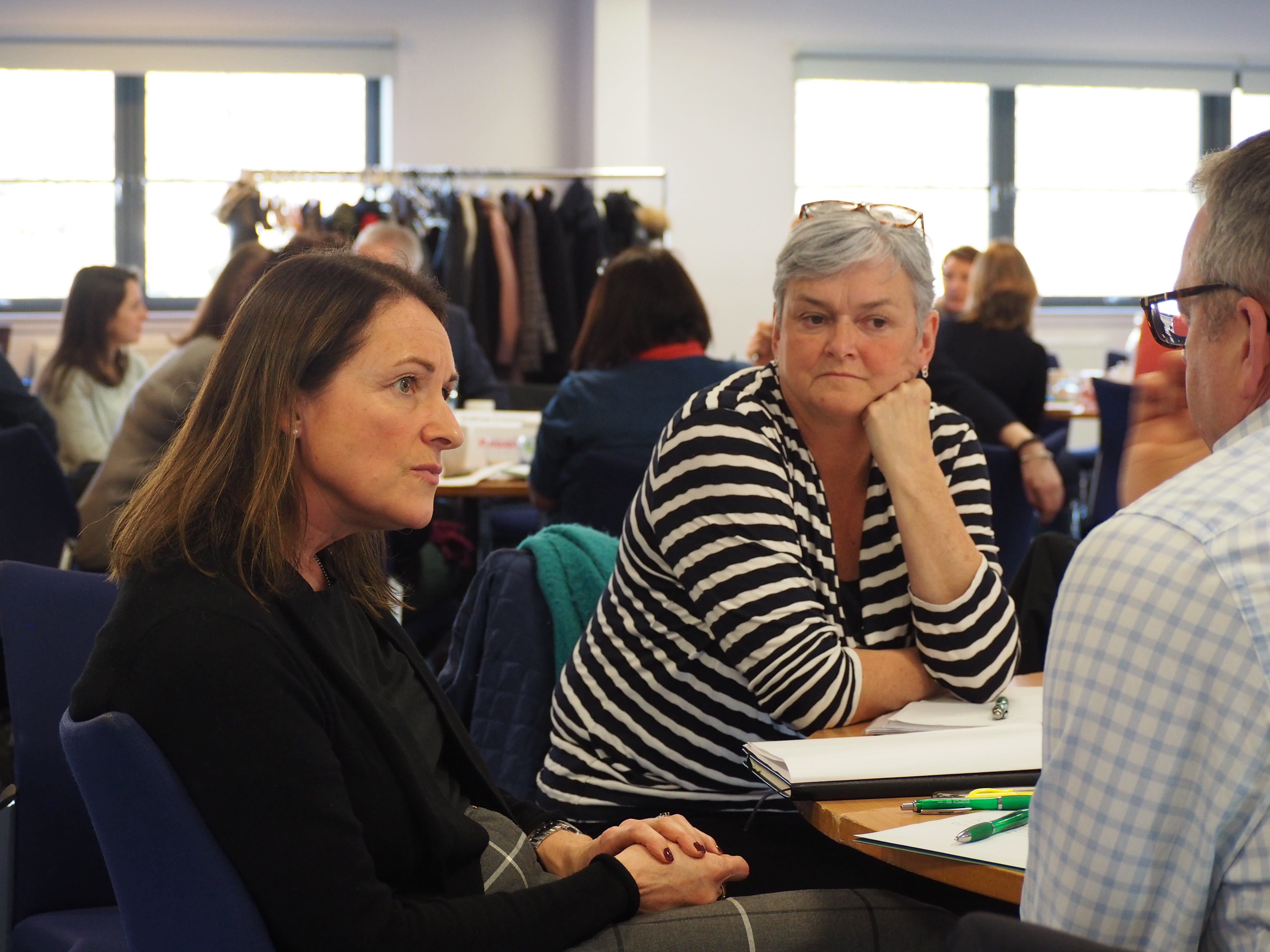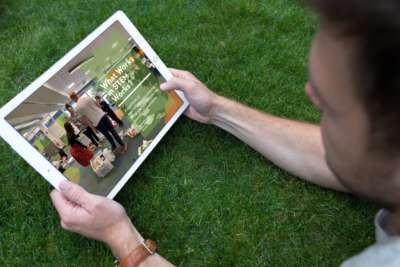2. A moment to decide a curriculum's purpose
In 2015, the OECD (2015) proclaimed: “This is a watershed moment for Scotland’s Curriculum for Excellence” (p. 16).
But any notion that 2015 might have been a watershed moment was thrown into sharp relief in 2020.
It was the events of 2020 that brought ‘lift off’, “a historical change in direction”, a “monumental event”. Within weeks. 2020 brought many in Scottish education that watershed moment, showing what’s possible where there is a will and need for change.
2022 is perhaps the year we need to decide what to do with this watershed moment we’ve experienced. That’s why we want to explore the four capacities.
It’s 20 years since the last ‘National Debate’ on education led to the launch of Curriculum for Excellence in 2004. The curriculum was conceived to ‘fully prepare today’s children for adult life in the 21st century’ (Scottish Executive, 2004, p. 3). These four capacities articulated the aspirational purpose of Curriculum for Excellence, that ‘each child has an enormous capacity for learning and the potential to achieve in different ways’ (p. 9).
The successful implementation of the four capacities has always rested on a knife-edge between the capacities serving as powerful tools to structure or design learning on the one hand, and on the other hand, being seen to reduce the curriculum to little more than slogans (Humes, 2014). A common expression is that they are ‘embedded across all learning’ (Education Scotland, 2016) - but what that means has remained ambiguous to many (Scottish Government, 2022a).
In September 2019, Education Scotland launched a refreshed version of Curriculum for Excellence, reaffirming the importance of the four capacities (Scottish Government, 2022b). In addition, frequent reports from the OECD (OECD, 2008, 2015, 2021) and a recent report from Professor Ken Muir (Scottish Government, 2022a) have recommended a need to veer away from tokenistic use and re-engage with the holistic value the four capacities can bring to the curriculum.
However, any importance attached to the four capacities in designing curriculum has been diluted, crowded out in a busy policy marketplace by two decades of new initiatives, guidelines and expectations.
You can download the full paper (PDF), return to the overview or read the next section.




